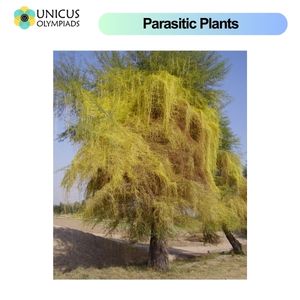

Plants come in various shapes and sizes, and they exhibit a remarkable range of characteristics that make them unique. From towering trees that stretch to the sky to tiny mosses that grow in the shade, each plant species is adapted to thrive in its environment. In this section, we’ll explore the biggest, smallest, and tallest plants in the world, highlighting their unique features and adaptations.
The tallest plants are the giant trees that dominate forests around the world. These towering giants have evolved to reach great heights in order to capture sunlight and outcompete other plants for resources.



The biggest plants are often those with the largest biomass or the most extensive root systems. These plants are often not the tallest but are still incredibly massive due to their size or the amount of space they occupy.



Small plants are often overlooked but play an essential role in ecosystems. These plants are incredibly resilient and thrive in environments that would be challenging for larger plants.


